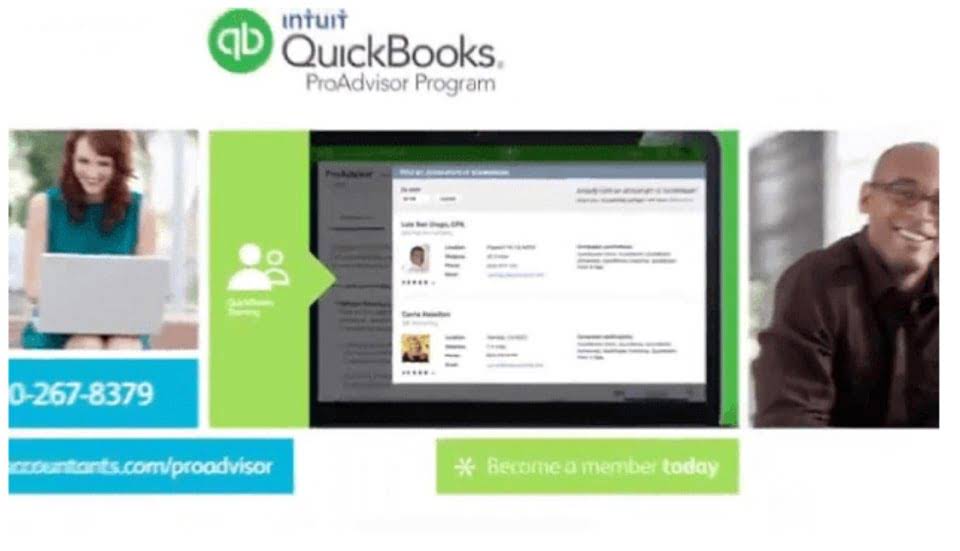Cash and Cash Equivalents CCE: Formula and Examples

Companies may elect to classify some types of their marketable securities as cash equivalents. This depends on the liquidity of the investment and what the company intends to do with such products. Typically, this will be disclosed in the footnotes of a company’s financial statements. Cash and cash equivalents are found at the top of a company’s balance sheet, under current assets.
Many companies have bank accounts in other countries, especially if they are doing a lot of business in those countries. A company’s foreign currency is reported in Canadian dollars at the exchange rate at the date of the balance sheet. Companies may intentionally carry higher balances of cash equivalents so they can capitalize on business opportunities when they arise.
Definition of Cash Equivalents
Typically, the combined amount of cash and cash equivalents will be reported on the balance sheet as the first item in the section with the heading current assets. At the end of the period or year, the petty cash balance will be present on the company’s balance sheet with cash on hand and cash in the bank. It is not present in the company income statement, and it is not considered an expense.
Cash Flow Statement: What It Is and Examples – Investopedia
Cash Flow Statement: What It Is and Examples.
Posted: Wed, 28 Mar 2018 15:47:39 GMT [source]
CCE helps investors understand how well-prepared a company is to pay its short-term liabilities, or debts. Investors generally look to industry norms to get a sense of whether a company is taking a reasonable approach. This is because different industries will have different cash pressures and potential short-term liabilities that companies will need to be prepared is petty cash a cash equivalent to account for. Investors will need to decide whether they think a company is managing this process well, paying close attention to cash trends over time on the balance sheet. You can see on the top line of the balance sheet that the value of CCE fluctuates as these two factors play out in terms of higher oil and gas prices and periods of high capital expenditure.
Types of Petty Cash Uses
In larger corporations, each department might have its own petty cash fund. This is treated as the normal current asset of the company and recorded under the head of current assets in the balance sheet. It is also the recommended internal control on the petty cash to have it regularly counted by a different person who holds the cash, petty cash custodian, and reconciles with a cash balance at that counting time. Like the assets when there is a transfer from cash in hand to the petty cash account. Most organizations have set a limit for petty cash accounts and petty cash expenses to run smoothly without disturbing the daily routine. Begin by appointing a petty cash custodian responsible for managing the fund.
By assigning the responsibility for the fund to one individual, the company has internal control over the cash in the fund. Like people, companies should maintain enough easily accessible cash to handle unexpected costs that might arise, for instance, when business is slow or the economy stumbles. Investing in cash equivalents gives companies the security of cash when they need it and earns them a return. The interest earned is usually higher than that earned from a basic bank account and provides some protection against inflation. A petty cash fund will undergo periodic reconciliations, with transactions also recorded on the financial statements.
Final thoughts: Recommendations for better petty cash management
The custodial duties generally include enforcing petty cash rules and regulations, requesting replenishments, and dispensing funds. Usually, it is kept in a safe box with proper segregation of duties between the person who use, record, and keek the petty cash. It is normally used petty cash voucher to have an adequate authorization of petty cash expenses.
